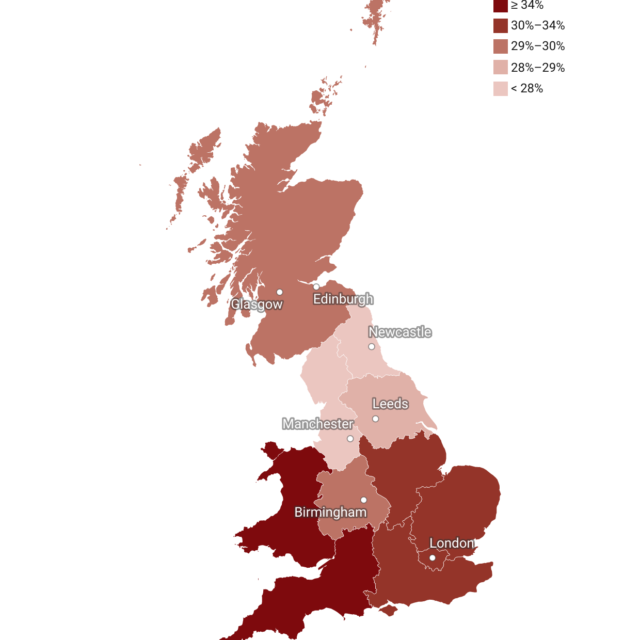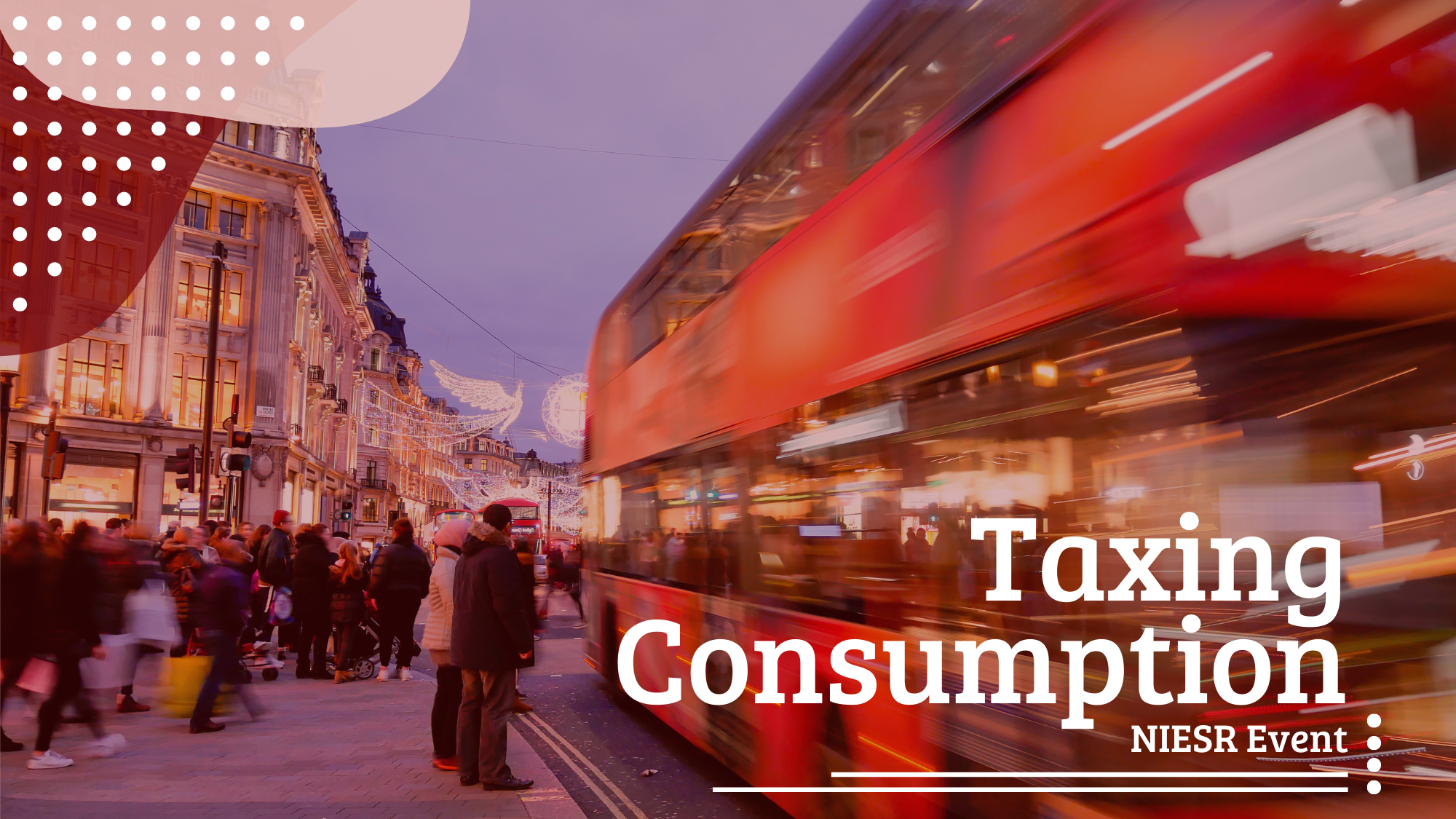What’s Happening to Pension Provision Among Private Sector Employers? A Pre-Pandemic Picture

Today sees the publication of the 2019 Employers’ Pension Provision (EPP) survey report, conducted by Kantar Public and NIESR for the Department for Work and Pensions.
The EPP survey series has been tracking pension provision among private sector employers since the mid-1990s. The series also has an important role in understanding how pension provision among private sector employers has been changing following the workplace pension reforms. Introduced following the 2008 Pensions Act (and updated as part of the 2011 and 2014 Pension Acts), the reforms require all employers to automatically enrol all eligible employees into a qualifying workplace pension scheme, although employees can choose to opt out. The reforms began to take effect for the largest employers in 2012, and the 2019 survey is the first in the EPP series to take place following the completion of the roll-out of automatic enrolment.
When the last survey in the series was published in 2017, we commented on the continued increase in private sector pension provision following the introduction of the reforms, with almost half of private sector employers offering a workplace pension scheme in 2017, compared with around one fifth in 2013. In 2019, this had increased further such that more than 60 per cent of private sector employers were offering a workplace pension scheme. In fact, provision was almost universal among small, medium and large employers; non-providers were concentrated among micro employers (those with fewer than five employees). Non-providers account for a very small share of employment, and overall, 94 per cent of all employees worked for an employer offering a workplace pension scheme.
The reforms also require employers to make a minimum contribution to the pension scheme, with the amount of contribution required phased in over time. Initially, employers were required to contribute a minimum of one per cent on a band of employees’ earnings, increasing to two per cent in April 2018 and three per cent in April 2019. The 2019 survey thus provided an opportunity to assess the impact of these increases.
Around three-quarters of small, medium and large employers offering a workplace pension scheme stated they had had to increase contributions to meet the increased minimum contributions required in April 2019. Nevertheless, just over one in ten employers with a workplace pension scheme were actually contributing above the required minimum in a scheme used for automatic enrolment. When asked about their reasons for doing so, around one third said this was because they wanted to offer a better option for their employees.
As the minimum contributions required have increased (rising for employees as well as for employers), it is important to consider whether this has affected employees’ decisions to opt out or cease membership. In fact, the overall opt-out rate had remained stable, with the 2019 survey finding that around one in ten employees automatically enrolled had opted out (based on the previous financial year). However, around six per cent of employers thought there had been an increase in employees ceasing membership after the April 2019 rise in minimum contributions.
After re-enrolment (employers are required to re-assess and re-enrol employees around three years on from when they first automatically enrolled their workforce), while opt-out rates are higher than those seen at the point of initial automatic enrolment, it is notable that around one third did not choose to opt out following re-enrolment.
So where does this leave us? The report maps the position prior to the Covid-19 pandemic, but of course, much has changed since. With current increases in the cost of living, will employees feel that saving into a pension is an area where they need to cut back, leading to higher rates of opt out, or ceasing membership? In 2019, many employers reported that automatic enrolment had resulted in an increase in the total pension contributions they had to make, but some employers were contributing above minimum requirements. It remains to be seen how employers will respond following the pandemic, and faced with many rising costs. The resulting actions may have important consequences for the financial circumstances individuals face when they reach retirement. It will be important therefore to continue to monitor changes in both pension provision and pension saving over the coming years.
Notes:
This blog post is based on findings from the 2019 Employers’ Pension Provision Survey (EPP 2019), commissioned by the Department for Work and Pensions, and carried out by Kantar Public and NIESR. The report is co-authored by Chiara Manzoni, Lucy Stokes (NIESR), John Forth (Bayes Business School and NIESR Fellow), Keith Bolling, Catherine Grant, Sophia Jouahri and Fiona von Hinten (Kantar Public).
EPP 2019 was conducted among a nationally representative sample of 2,968 private sector employers in Great Britain. The 2019 survey was the thirteenth in a series that has been measuring the extent and nature of pension provision since the mid-1990s.

















